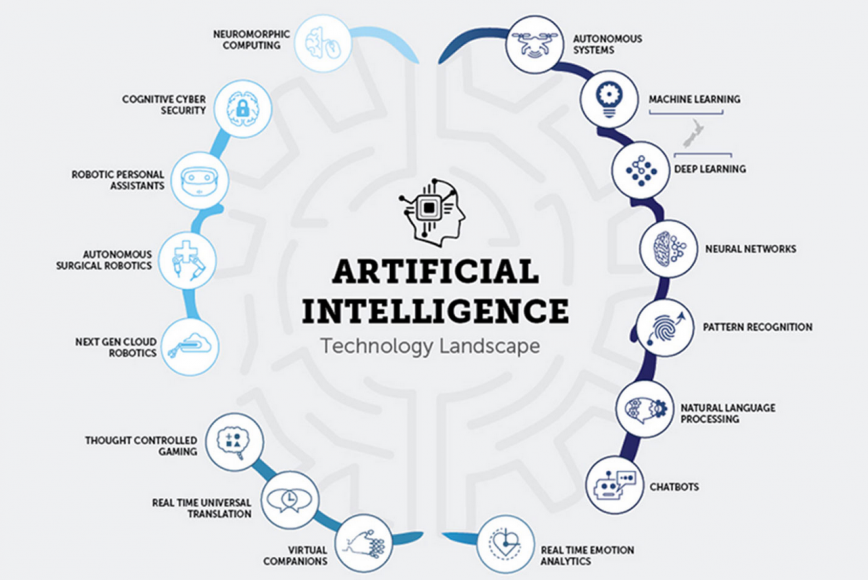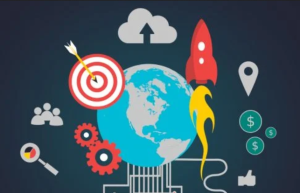Artificial Intelligence, or AI, is the ability of a computer to act like a human being. It has several applications, including software simulations and robotics. However, AI is most commonly used in video games, where the computer is made to act as another player.
What is Artificial Intelligence?
Nearly all video games include some level of artificial intelligence. The most basic type of AI produces characters that move in standard formations and perform predictable actions. More advanced AI enables computer characters to act unpredictably and make different decisions based on a player’s actions. For example, in a first-person shooter (FPS), an AI opponent may hide behind a wall while the player is facing him. When the player turns away, the AI opponent may attack. In modern video games, multiple AI opponents can even work together, making the gameplay even more challenging.
Artificial intelligence is used in a wide range of video games, including board games, side-scrollers, and 3D action games. AI also plays a large role in sports games, such as football, soccer, and basketball games. Since the competition is only as good as the computer’s artificial intelligence, the AI is a crucial aspect of a game’s playability. Games that lack a sophisticated and dynamic AI are easy to beat and therefore are less fun to play. If the artificial intelligence is too good, a game might be impossible to beat, which would be discouraging for players. Therefore, video game developers often spend a long time creating the perfect balance of artificial intelligence to make the games both challenging and fun to play. Most games also include different difficulty levels, such as Easy, Medium, and Hard, which allows players to select an appropriate level of artificial intelligence to play against.
How does it work?
Less than a decade after breaking the Nazi encryption machine Enigma and helping the Allied Forces win World War II, mathematician Alan Turing changed history a second time with a simple question: “Can machines think?”
Turing’s paper “Computing Machinery and Intelligence” (1950), and it’s subsequent Turing Test, established the fundamental goal and vision of artificial intelligence.
AI is the branch of computer science that aims to answer Turing’s question in the affirmative. It is the endeavor to replicate or simulate human intelligence in machines.
The expansive goal of artificial intelligence has given rise to many questions and debates. So much so, that no singular definition of the field is universally accepted.
The major limitation in defining AI as simply “building machines that are intelligent” is that it doesn’t actually explain what artificial intelligence is? What makes a machine intelligent?
In their groundbreaking textbook AI: A Modern Approach, authors Stuart Russell and Peter Norvig approach the question by unifying their work around the theme of intelligent agents in machines. With this in mind, AI is “the study of agents that receive percepts from the environment and perform actions.” (Russel and Norvig viii)
Norvig and Russell go on to explore four different approaches that have historically defined the field of AI:
- Thinking humanly
- Thinking rationally
- Acting humanly
- Acting rationally
The first two ideas concern thought processes and reasoning, while the others deal with behavior. Norvig and Russell focus particularly on rational agents that act to achieve the best outcome, noting “all the skills needed for the Turing Test also allow an agent to act rationally.” (Russel and Norvig 4).
Patrick Winston, the Ford professor of AI and computer science at MIT, defines AI as “algorithms enabled by constraints, exposed by representations that support models targeted at loops that tie thinking, perception and action together.”
While these definitions may seem abstract to the average person, they help focus the field as an area of computer science and provide a blueprint for infusing machines and programs with machine learning and other subsets of artificial intelligence.
While addressing a crowd at the Japan AI Experience in 2017, Data Robot CEO Jeremy Achin began his speech by offering the following definition of how AI is used today:
“AI is a computer system able to perform tasks that ordinarily require human intelligence… Many of these AI systems are powered by machine learning, some of them are powered by deep learning and some of them are powered by very boring things like rules.”







